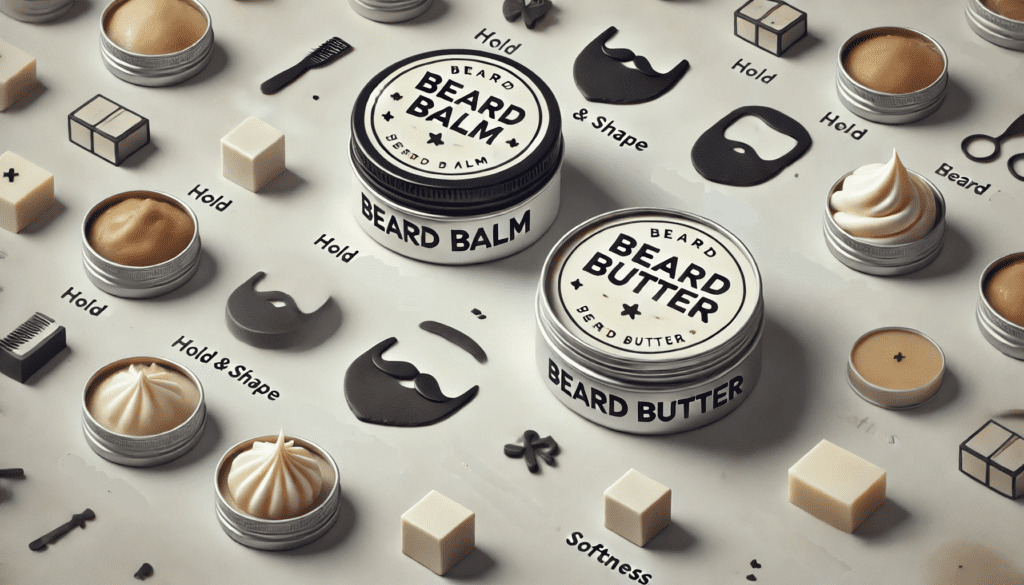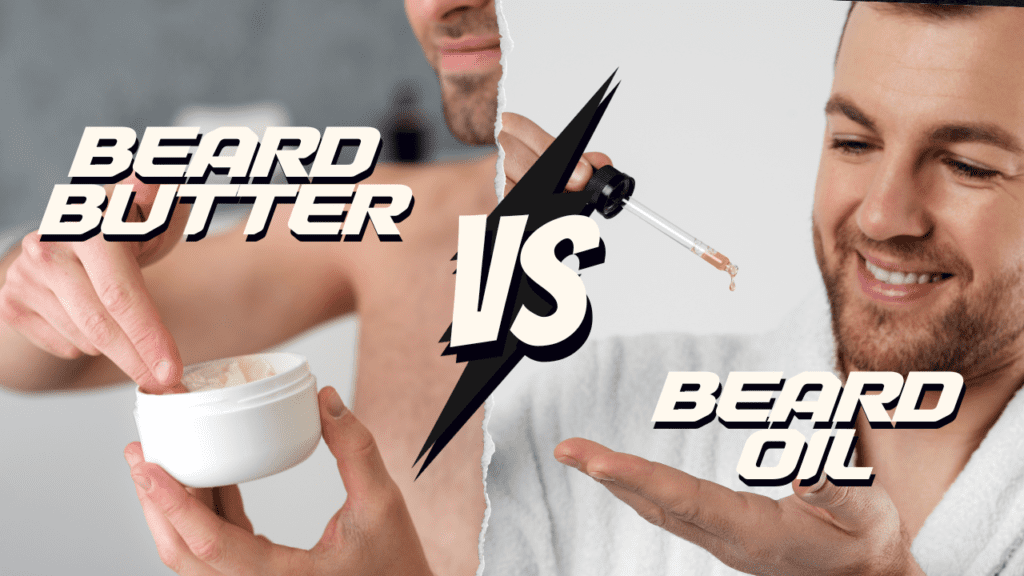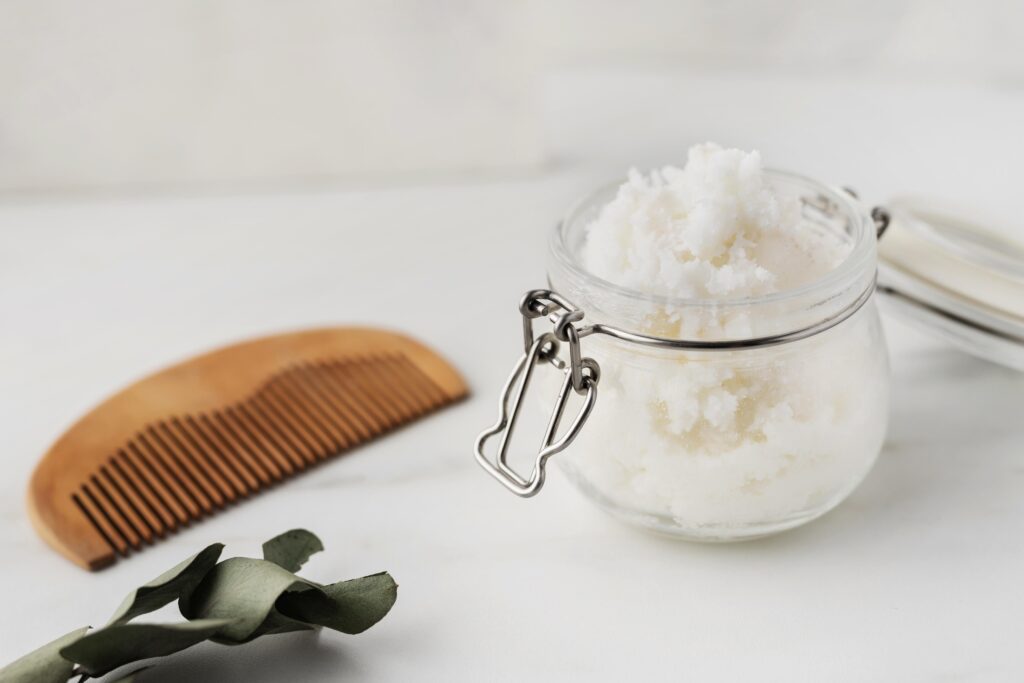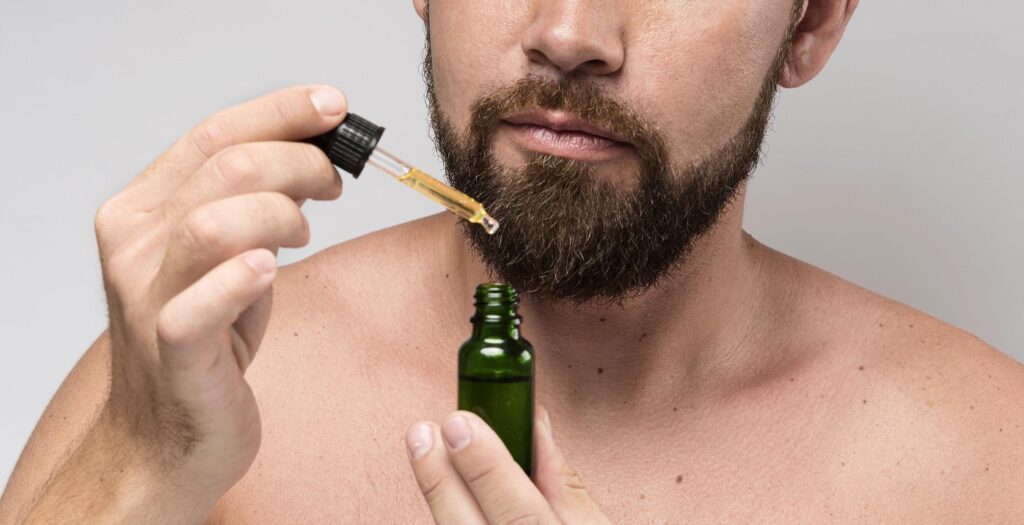Struggling with a patchy beard can be frustrating, especially when it seems like everyone else has a full, even beard. But the truth is, patchy growth is more common than you think, and it doesn’t have to stop you from rocking a stylish beard.
When I first started growing a beard, I thought patchiness meant I was out of the game. Turns out, I just needed the right style.
After years of experimenting, trimming, and even testing tools like derma rollers, I’ve learned that gaps can actually add character.
In this guide to the Top 10 Patchy Beard Styles, you’ll see the exact styles I’ve worn, how they looked, and why they work.
DID YOU KNOW?
According to a study, the average diameter of beard hair is 0.1mm, nearly twice as thick as scalp hair. This difference makes beard hair significantly coarser than the hair on your head.
What Is A Patchy Beard?

A patchy beard is facial hair that grows unevenly, leaving visible gaps between thicker sections. Genetics, age, and hormone levels are common factors, though stress and poor beard care can also play a role. I’ve seen this in my own growth and in many readers who’ve shared their grooming journeys with me. While some see a patchy cheek beard as a flaw, with the right trimming and styling, a patchy beard can become a unique and attractive feature.
What Does A Patchy Beard Look Like?
A patchy beard has uneven hair growth, with some areas appearing thick and others sparse or bare. From my own experience and after advising hundreds of readers, common gaps show up on the cheeks, under the chin, or along the jawline.
Hair texture, color, and growth rate can make patchiness more or less noticeable. While it’s often genetic, the right style and grooming routine can make it look intentional and stylish.
Top 10 Beard Styles For Patchy Beards You’ll Actually Want to Grow
Instead of fixing your patchy beard, finding the suitable style can transform a bad patchy beard, I’ve tested over 20 styles on myself and my readers. Work with your natural growth and those gaps can add character to your patchy cheek beard. The key is picking a shape that fits your face and is easy to maintain.
1. Short Patchy Beard
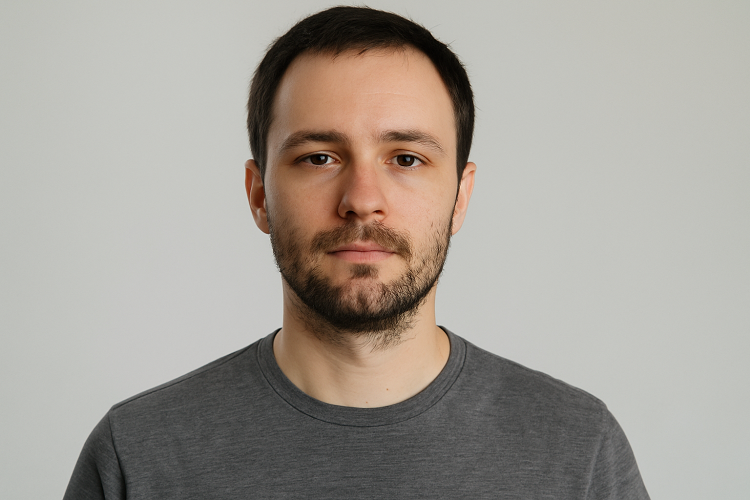
The short patchy beard is neat, low-maintenance, and keeps the gaps looking deliberate. It works well for professionals and anyone wanting a subtle style. When I tried it, I noticed it made my beard look cleaner than the longer beard versions. It was quick to trim and always looked intentional, whether I was at work or out on the weekend.
2. Long Patchy Beard
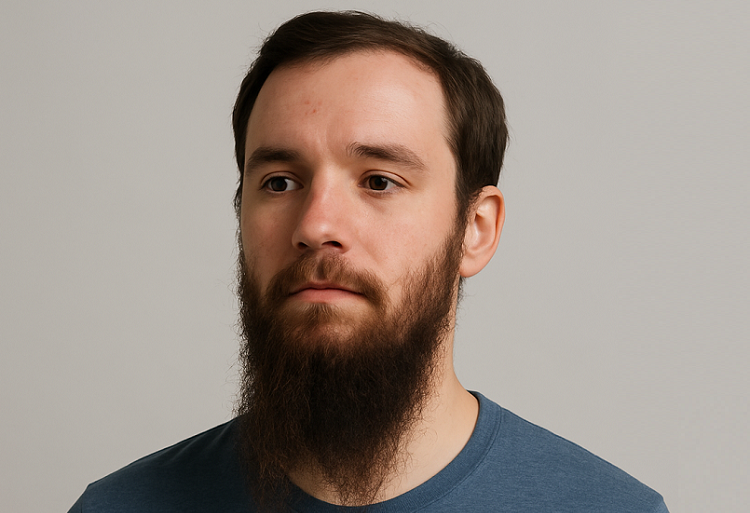
The long patchy beard has a rugged charm and softens the look of gaps over time. It suits men who want a bold, adventurous appearance. When I grew mine, it took patience, but the result felt fuller and more confident. I just had to shape it occasionally, and it quickly became my favorite cold-weather style.
3. Sharp Patchy Beard Style
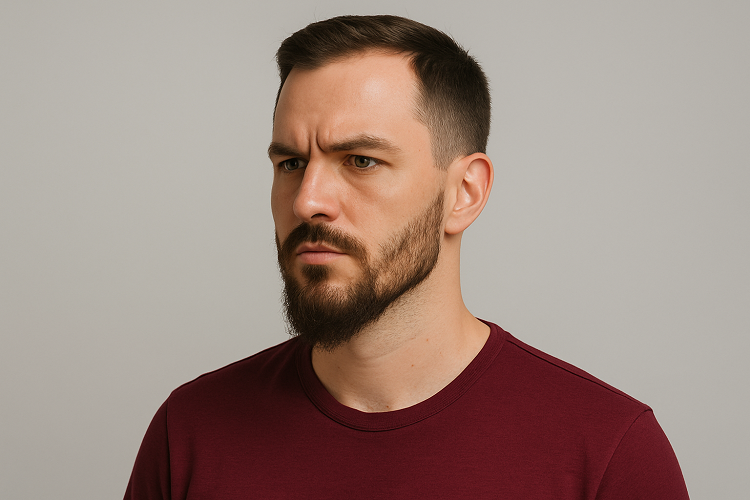
This style uses clean edges and precise shaping to make patchiness look intentional. It blends structure with style, perfect for formal and casual looks. When I shaped mine sharply, I was surprised how professional it appeared. People noticed the clean lines more than the gaps, and it worked well for both meetings and nights out.
4. Patchy Stubble Beard
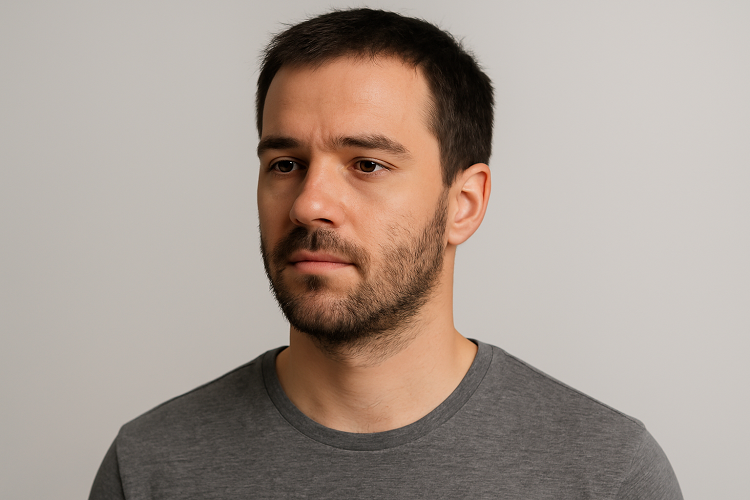
The patchy stubble beard is casual, masculine, and incredibly easy to maintain. It’s ideal for beginners or those who prefer a low-effort style. When I first tried it, I liked how the skin showing through gave it character. It framed my jaw well and didn’t need much upkeep, which made it perfect for busy weeks.
5. Thin Patchy Beard Style
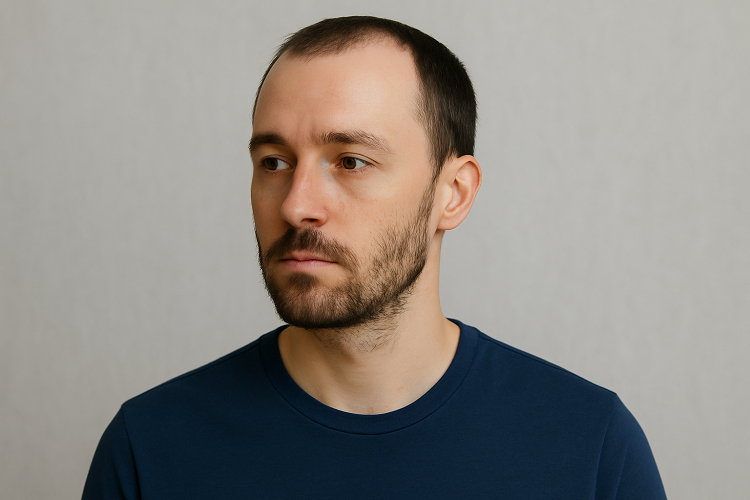
A thin patchy beard looks light, refined, and suits warm climates or fine hair types. It offers facial hair without feeling heavy. When I kept mine thin, I noticed it stayed cooler and cleaner throughout the day. It paired well with both casual and business outfits, and I never worried about it looking overgrown.
6. Patchy Curly Beard
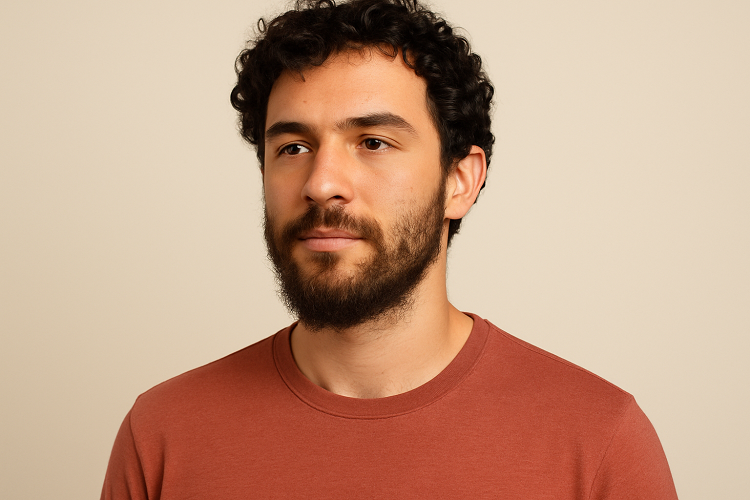
The patchy curly beard stands out with its texture and natural volume. Curls can make gaps less noticeable while adding character. When I grew mine, I realized the curls gave it a unique shape that straight beards couldn’t match. It needed a bit more care to avoid frizz, but the style drew plenty of compliments.
7. Patchy Beard for Black Man
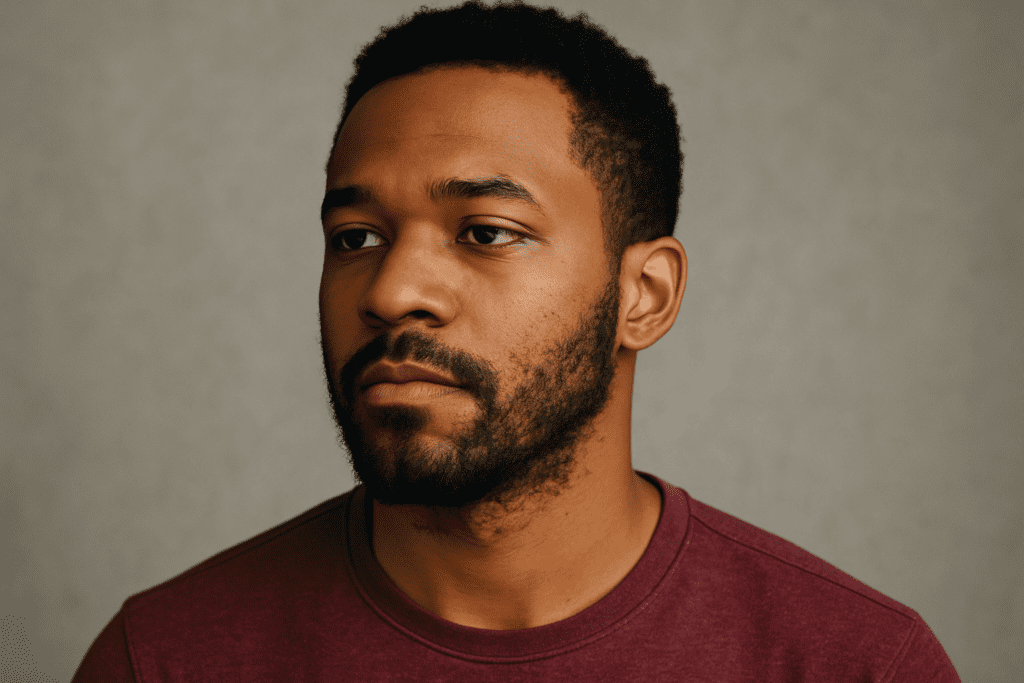
This style makes the most of the natural curl pattern in Black hair, helping to fill gaps and add depth. It is bold and works well with sharp haircuts. When I shaped mine, the texture really stood out. I found that regular trimming kept it looking fresh, and it quickly became one of my most confident looks.
8. Patchy Asian Beard
A patchy Asian beard can look sleek and modern when shaped to highlight stronger growth areas. It suits men who prefer a neat and intentional style. When I styled mine, I let the chin and mustache grow while keeping the cheeks short. The result was clean and balanced, and it matched my everyday wardrobe perfectly.
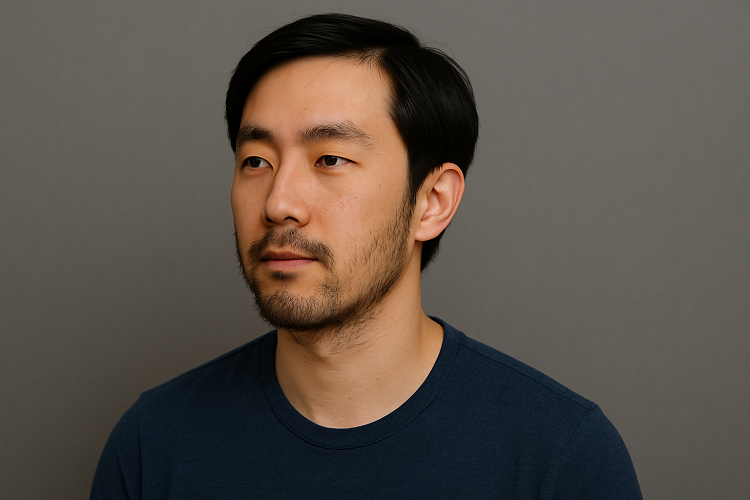
9. Patchy Neck Beard
The patchy neck beard focuses growth under the jawline, creating a rugged, rebellious look. It’s unconventional but eye-catching. When I tried it, I liked how it framed my face from below. It paired surprisingly well with a buzz cut, and I found it was a great conversation starter with people who noticed the unique style.
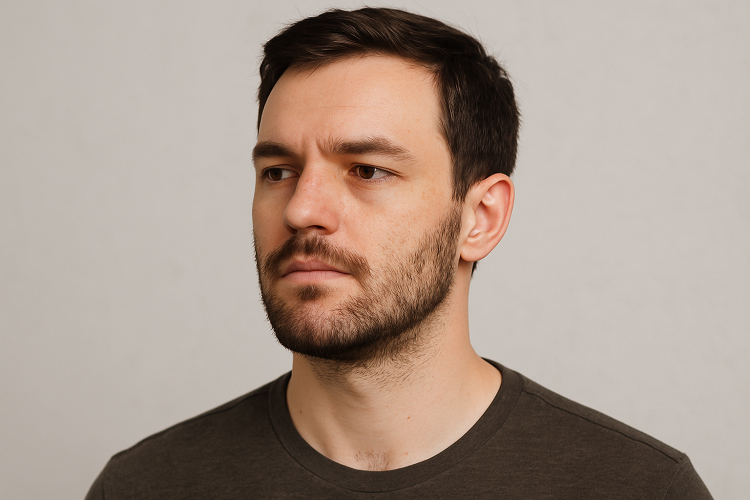
10. Patchy Chin Beard
Patchy chin beard style concentrates hair on the chin, leaving the cheeks sparse for an edgy outline. It’s a good choice for men with faster chin growth. When I grew mine, it defined my jawline instantly. It needed minimal trimming, and I could switch between casual and formal outfits without it ever feeling out of place.
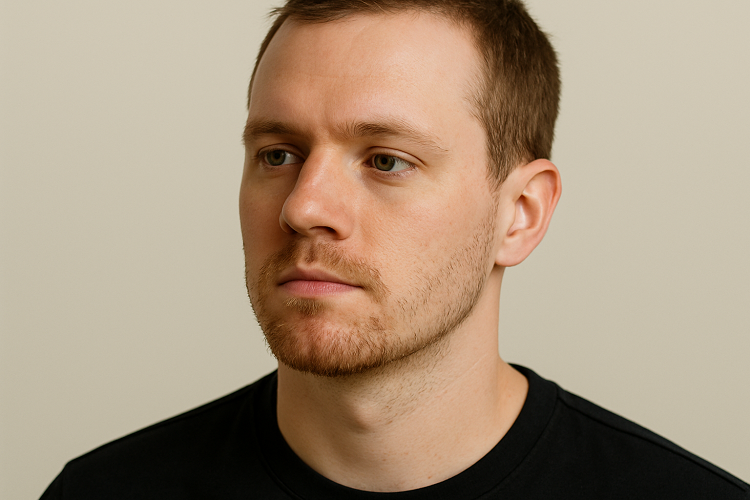
Reasons Why You Have A Patchy Beard
Genetics – The most common reason for a patchy beard is genetics. Your family history determines the thickness, pattern, and growth rate of your facial hair.
Hormonal Imbalance – Low levels of testosterone can affect beard growth. Hormonal imbalances might lead to thinner or patchy facial hair.
Age – Many men experience patchy beard growth in their early years. Beard growth typically improves with age, as hair becomes thicker over time.
Diet and Nutrition – Poor diet or lack of essential nutrients like vitamins A, B, C, and E, as well as proteins, can slow down hair growth and lead to patchiness.
Stress – High stress levels can disrupt normal hair growth cycles, resulting in patchy beards or hair loss.
Skin Conditions – Certain skin conditions, such as alopecia areata or fungal infections, can cause bald patches in the beard area.
Poor Grooming Habits – Lack of proper beard care, including hydration and exfoliation, can impact hair growth, leading to patches.
Medication and Health Conditions – Some medications or underlying health conditions can also impact beard growth, leading to thinning or patchiness.
How To Style A Patchy Beard

Here are some tips on how to style a patchy beard:
Keep it Trimmed – Regularly trim your beard to maintain a neat appearance. Keeping the length shorter helps blend the patchy areas, making them less noticeable.
Choose the Right Style – Opt for trending patchy beard styles that work well with patchy growth. These beard styles focus on areas where hair grows more densely, bypassing thinner spots.
Grow It Out – Sometimes, letting your beard grow out can fill in some patchy areas. Longer beard hairs can cover up the gaps and create a fuller look over time.
Use Beard Products – Beard oils, balms, and butters can help nourish the hair and skin, improving the overall appearance of your beard. These products can also make patchy areas look less pronounced by adding volume.
Fade the Cheeks – Tapering the hair on your cheeks or trimming them closely can create a cleaner look while drawing attention to the fuller areas of your beard.
Use Confidence as Your Best Tool – Ultimately, confidence in your style is key. Own your patchy beard and make it a part of your unique look!
Patchy Beard Growth Stages
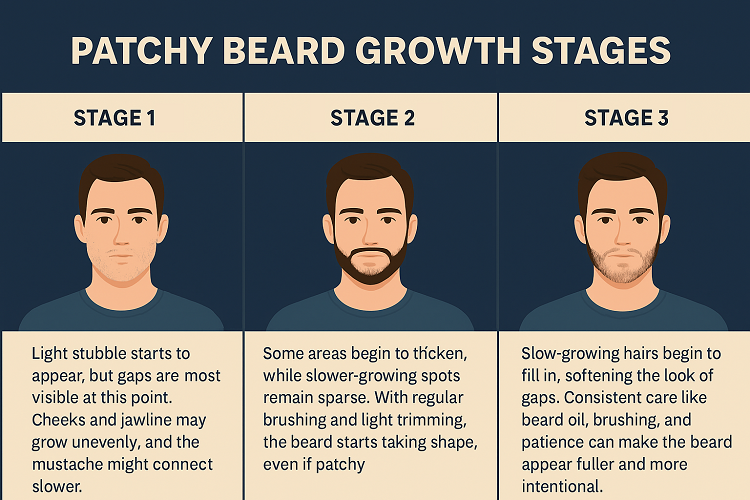
Through my own beard-growing experience and guiding hundreds of readers, I’ve seen that patchy beards progress in clear stages. Understanding them helps set realistic expectations and avoid shaving too soon.
Stage 1: Weeks 0–3
Light stubble starts to appear, but gaps are the most visible at this point. Cheeks and jawline may grow unevenly, and the mustache might connect slower.
Stage 2: Weeks 4–6
Some areas begin to thicken, while slower-growing spots remain sparse. With regular brushing and light trimming, the beard starts taking shape, even if patchy.
Stage 3: Weeks 7–12
Slow-growing hairs begin to fill in, softening the look of gaps. Consistent care like beard oil, brushing, and patience can make the beard appear fuller and more intentional.
How To Fix a Patchy Beard
After testing dozens of grooming techniques on my own beard and advising readers, I’ve found that patchiness can be improved with the right approach. Here are a few perfect patchy beard solutions.
- Let It Grow – Give your beard at least 8–12 weeks before judging its fullness. Many slow-growing hairs need more time.
- Use Beard Oil Daily – Keeps hair soft, encourages healthier growth, and makes gaps less noticeable.
- Brush or Comb Regularly – Trains hair to grow in your desired direction, helping cover thin spots.
- Try a Derma Roller – I’ve seen noticeable thickening in 6–8 weeks using a derma roller consistently with beard-friendly serums.
- Pick the Right Style – Choose a beard cut that works with your growth pattern rather than against it.
- Improve Your Diet – Protein, biotin, and zinc can support healthy hair growth from within.
- Stay Consistent – Real results come from a steady routine, not quick fixes.
With patience and the right care, a patchy beard can become one of your best features.
Wrapping Up: Top Patchy Beard Styles
,In the end, having a patchy beard doesn’t mean you’re out of options. With the right style, you can highlight your strengths and create a look that’s uniquely yours. Whether you opt for a bold goatee or keep things simple with stubble, there’s a perfect style out there for every face shape.
The key is to embrace your natural growth and experiment with what works best for you. So, don’t let patchiness hold you back, find your style and wear your beard with confidence!


